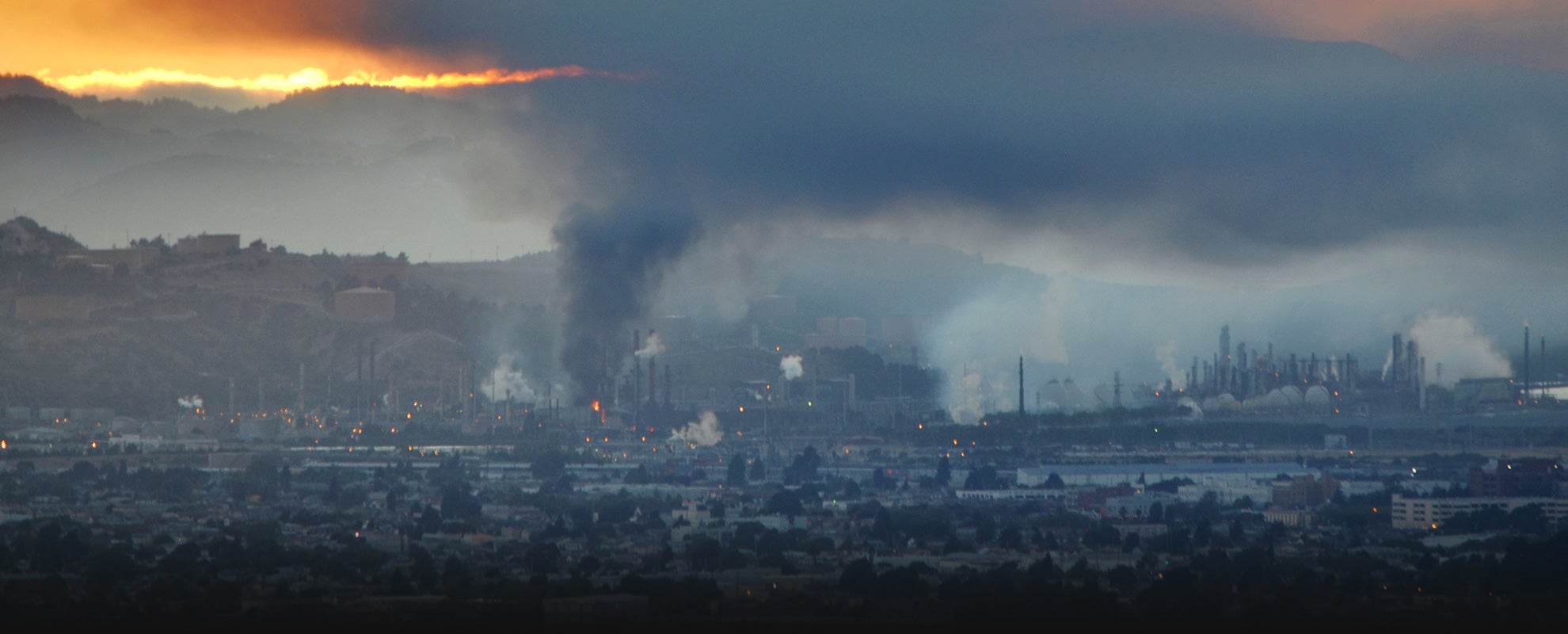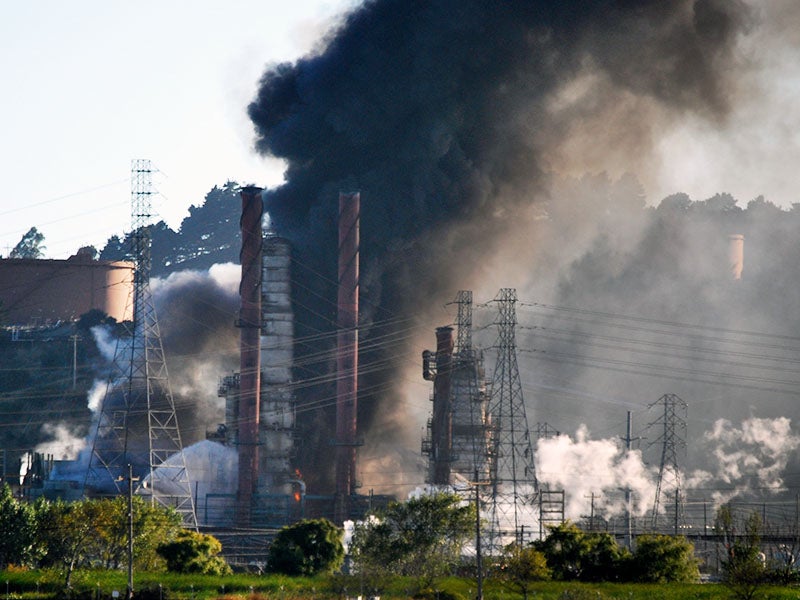Defending Community Safety Protections From Chemical Disasters
EPA’s own data shows there will in all likelihood be at least 300 more accidents involving dangerous chemicals during this nearly two year delay. About 177 million Americans live in the worst-case scenario zones for a chemical disaster. At least one in three schoolchildren in America attends a school within the vulnerability zone of a hazardous facility.
Regional Office / Program
Case Overview
From 2004 to 2013 alone, more than 2,200 chemical accidents were reported at hazardous facilities, over 1,500 of which caused reported harm. These accidents killed 59 people; caused more than more than 17,000 to be injured, hospitalized, or to seek medical care, and nearly half a million to evacuate or shelter in place to try to avoid chemical exposure and other harm; and caused more than $2 billion in property damage. No month passed during the studied decade without at least 8 accidents at or near a chemical facility in the United States. And communities continue to live under the constant threat of a chemical catastrophe.
The Chemical Disaster Rule would protect both workers and fence-line communities by strengthening emergency preparedness and coordination with local first responders and forcing chemical facilities with the worst accident records, such as petroleum refineries, to consider implementing available safety precautions to save lives and prevent harm. When developing the Chemical Disaster Rule, the U.S. Environmental Protection Agency determined that its prior regulations failed to prevent over 2,000 chemical accidents around the country over a 10-year period.
In June 2017, bowing to pressure from the oil and chemical industries, and states aligned with those industries, the EPA published a final rule putting these commonsense protections against chemical disasters on hold for an unprecedented period of time — until February 2019. EPA’s own data shows there will in all likelihood be at least 300 more accidents involving dangerous chemicals during this nearly two year delay.
About 177 million Americans live in the worst-case scenario zones for a chemical disaster. At least one in three schoolchildren in America attends a school within the vulnerability zone of a hazardous facility. Black, Latino and low-income communities are disproportionately at-risk.
Earthjustice went to court, on behalf of a coalition of workers, scientists and community members near oil refineries and chemical facilities, to challenge the illegal delay of the Chemical Disaster Rule protections. We represented the Union of Concerned Scientists, Environmental Integrity Project, Sierra Club, Coalition For A Safe Environment (Wilmington, CA), Del Amo Action Committee (Torrance, CA), California Communities Against Toxics, Louisiana Bucket Brigade, Air Alliance Houston, Community In-Power & Development Association (Port Arthur, TX), Texas Environmental Justice Advocacy Services, Clean Air Council (Philadelphia, PA), Utah Physicians for a Healthy Environment, and Ohio Valley Environmental Coalition (West Virginia).
The United Steelworkers Union, represented by Santarella & Eckert LLC, is a petitioner-intervenor. Eleven states — Illinois, Iowa, Maine, Maryland, Massachusetts, New Mexico, New York, Oregon, Rhode Island, Vermont and Washington — are additional petitioners.
Former Regulatory Officials, represented by Public Citizen, filed an amicus (or “Friend of the Court”) brief, in support of our case. The Institute for Policy Integrity at NYU School of Law also filed an amicus brief. Both provided perspective on why the EPA’s Chemical Disaster Rule needs to be in full force to protect fence-line community members, workers, and first-responders from chemical accidents.
In August of 2018, the U.S. Court of Appeals for D.C. ruled that EPA’s delay of the Chemical Disaster Rule was illegal and arbitrary — a win for the safety of millions of Americans. The court issued its mandate on Sept. 21 and the protections have been in effect since.
But while the Chemical Disaster Rule was delayed, at least 73 publicly known tragedies happened in industrial facilities across the country. Yet EPA is still considering its proposal to rescind the rule’s prevention measures permanently, and to weaken and further delay emergency response coordination and community information requirements.
Earthjustice continues to fight the rollback proposal, because EPA should strengthened — not weaken — chemical facility safety standards to protect lives and the well-being of fence-line communities, workers, and first responders.
See the legal filings and formal comments submitted May 19, 2017, in response to EPA’s proposed rule entitled “Accidental Release Prevention Requirements: Risk Management Programs Under the Clean Air Act; Further Delay of Effective Date,” and published at 82 Fed. Reg. 16,146 (Apr. 3, 2017), EPA-HQ-OEM-2015-0725-0760.

Case Updates
Case page created on September 1, 2017.
